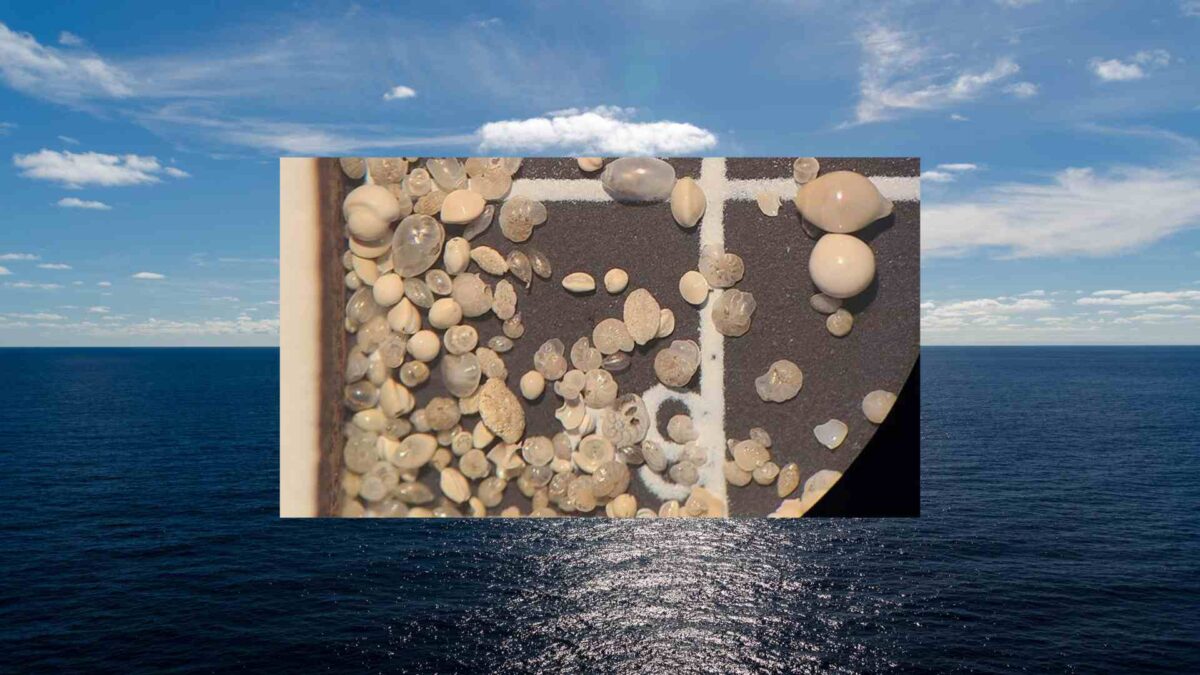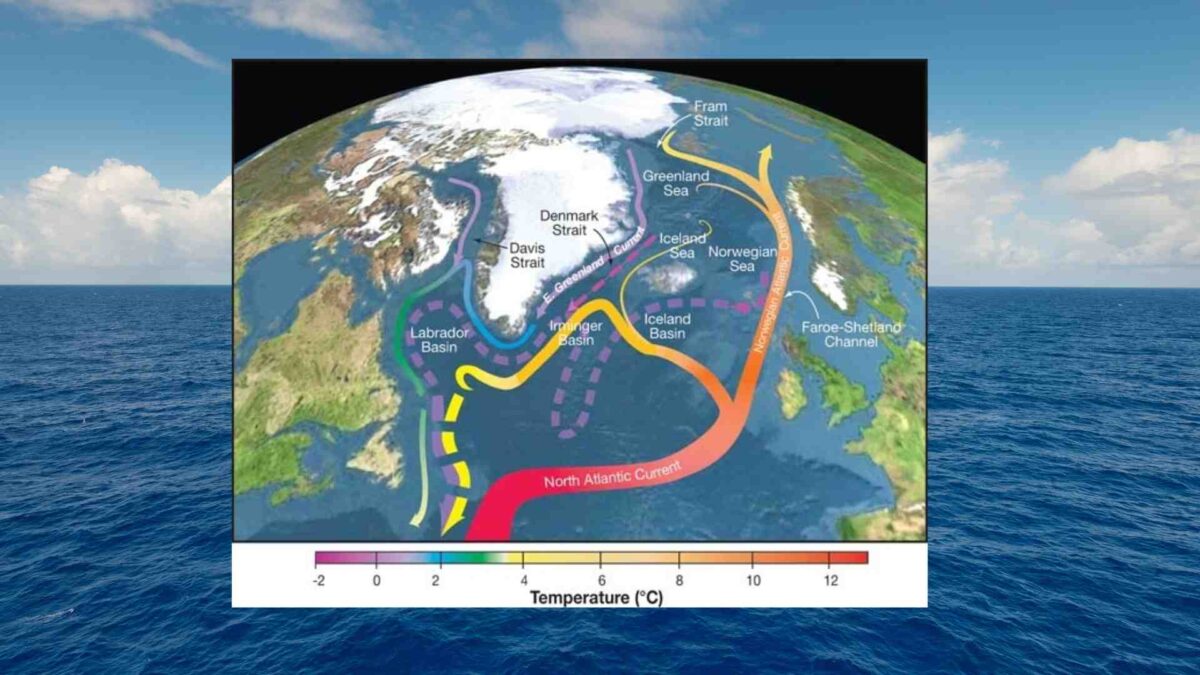
Weaker Atlantic Currents Linked to Higher Oxygen Levels

A new study has found that a weakening of the Atlantic Meridional Overturning Circulation (AMOC) — a major system of ocean currents — may actually improve oxygen levels in parts of the shallow tropical Atlantic Ocean.
Researchers from the University of Bremen, Kiel University, and Heriot-Watt University examined oxygen levels off the northwest coast of Africa by analysing tiny fossilised organisms called benthic foraminifera, which live on the sea floor and respond to changes in oxygen.
The team reconstructed oxygen conditions in the region’s so-called “oxygen minimum zone” over the past 27,000 years. Their findings show that during periods when the AMOC was weaker than it is today, the shallow ocean off northwest Africa had more oxygen — a surprising result.

The scientists believe this is due to stronger wind-driven circulation in the Atlantic’s subtropical gyres, which become more active as the temperature contrast between the tropics and northern latitudes increases. These winds help bring in oxygen-rich water to the upper ocean layers.
The study also found that the oxygen levels in this region are more strongly influenced by ocean currents than by the breakdown of organic matter, challenging previous assumptions about what drives oxygen depletion in tropical waters.
The research adds to growing efforts to understand how changes in large-scale ocean circulation may affect marine ecosystems.
Share this WeathÉire story:





















